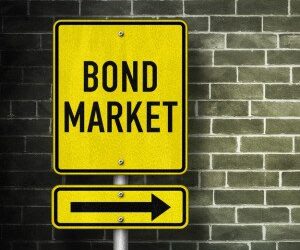Investors should seek a minimum return of 12 per cent from agribusiness projects to cover the risk factors, says van Eyk Capital director David Marshall.
The key risk factor involves the illiquidity of the investments which he says investors are not allowed to sell as it affects any possible tax deduction.
“This reflects badly when compared to other asset classes and the investor should be rewarded for this risk,” Marshall says.
The returns on many Australian agribusiness projects do not meet this suggested minimum yield.
According to van Eyk, some promoters have been claiming very high investment returns, but in reality the true internal rates of return (IRR) present a bleaker picture.
In recent times, some prospectuses have variously advertised returns of 42 per cent for a ti-tree project, 25 per cent for a fruit project, a vineyard return of 32 per cent and an olive scheme generating 23 per cent return.
The olive project had an IRR of 14 per cent, but after van Eyk researched the project, the adjusted IRR was below 7 per cent.
“If you speculate by investing in these schemes, you should get a commensurate return. But some of the published returns in these projects are fraudulent,” Marshall says.
The vineyard project with an advertised 32 per cent return had an IRR of 16 per cent, which van Eyk reduced to 7 per cent on investigation.
A woodchip project had a projected IRR of 8 per cent which van Eyk reduced to 2 per cent.
“These projects raise millions of dollars, but what we are talking about is a generic product,” he says.
Investors still face some significant issues which make the sector an unattractive proposition. These include high management fees, which can be up to 75 per cent of the investment, the lack of markets for the end product and inexperienced managers.
“When looking at these projects, you have to keep asking questions,” Marshall says.
“You must also keep watching the project to make sure the money is being spent as promised. Over the 22-year life of a project, that is a big ask.”
There are five things a planner must look at before recommending the project to a client, he says.
These checks are the project should have a prospectus lodged with ASIC and a product ruling; it must have an independent assessment of the project; the legal and accounting advice should be sighted and the project’s risk profile, time scale and forecasts must be appropriate for the client.
“Step five of the list is critical and you cannot do that without step four,” Marshall says.
This year van Eyk Capital reviewed 77 projects but only gave an investment recommendation to three projects — one timber, one vineyard and one fruit. The company had a final list of about 18-20 projects, but only three managed to clear the final hurdle.





